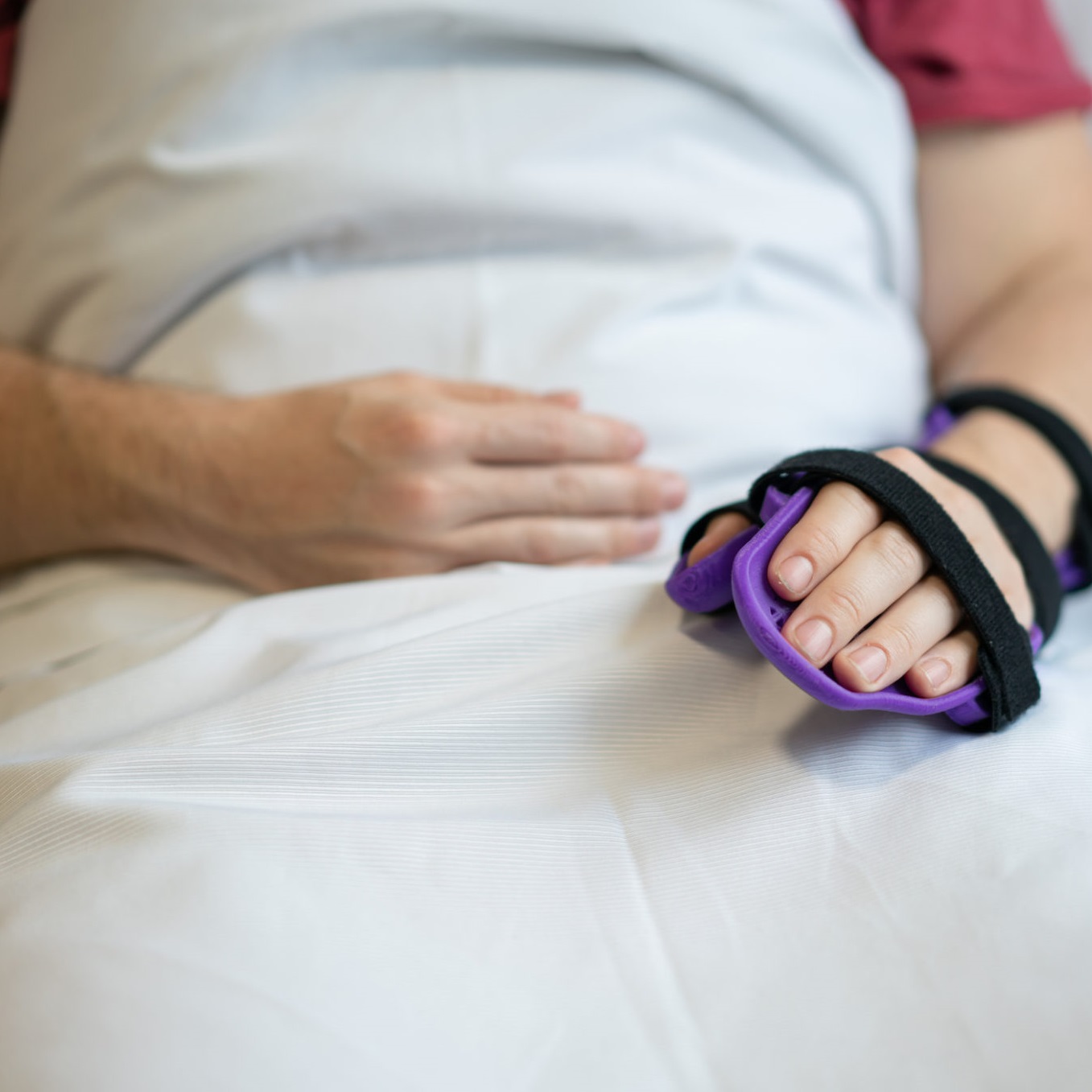8 Ways to Get Carpal Tunnel Relief

April 26, 2019
Updated December 2024
Carpal tunnel syndrome (CTS) can cause pain, numbness, and tingling in your hands and wrists, making everyday tasks a challenge. Fortunately, there are simple, effective ways that may ease your discomfort and prevent your symptoms from getting worse.
Do I have carpal tunnel syndrome?
Carpal tunnel syndrome happens when inflammation puts pressure on the median nerve in your wrist.
Symptoms may include:
- Numbness
- Tingling
- Burning
- Pain or shock-like feelings. These are usually in your thumb and index, middle and ring fingers.
Carpal tunnel syndrome usually comes on slowly. You may first notice the symptoms at night.
What causes carpal tunnel syndrome?
There are several factors that can cause CTS. These can include:
- Inflammation: Certain conditions like rheumatoid arthritis and gout can cause swelling around the tendons in your wrist.
- Repetitive hand movements: Everyday hand and wrist movements like typing, writing, or holding a cell phone.
- Injuries: Common wrist injuries like sprains and fractures can lead to inflammation.
- Medical conditions: Conditions like diabetes, high blood pressure, rheumatoid arthritis and thyroid dysfunction can cause wrist swelling.
How can you get relief from carpel tunnel syndrome?
Repetitive tasks like typing or using a computer mouse can make CTS worse. But while avoiding those activities can help alleviate your symptoms, it’s not always practical.
“There are other ways to relieve carpal tunnel,” says Michael Cunningham, M.D., an orthopedic surgeon with Bayshore Medical Center. “Some treatments deliver a short-term reprieve, but permanent relief for severe pain usually requires surgery.”
If you experience occasional pain or discomfort from carpal tunnel syndrome, there are steps you can take to get relief at home and with your doctor’s help.
- Wear a splint. A splint can hold your wrist in a way that takes the pressure off your median nerve. If you don’t want to wear a splint during the day, consider wearing it while you sleep.
- Add warmth. Wearing fingerless gloves or running your hands under warm water can help relieve discomfort.
- Ice it. Just like heat, cold can help lower inflammation. Try putting your hand in an ice bath or applying an ice pack to the area that hurts.
- Give your wrists a workout. Here’s an exercise that can reduce carpal tunnel pain: Make a fist, then slide your fingers until they’re open. When you repeat this movement five to 10 times, you can reduce pressure on your wrist.
- Raise your wrist. If your CTS is caused by a fracture, pregnancy or other issues related to fluid retention, try elevating your hands and wrists.
- Try NSAIDs. Nonsteroidal anti-inflammatory drugs (NSAIDs) can reduce swelling and relieve CTS pain.
- Steroid Injections. If your CTS is severe, your doctor might recommend steroid injections to ease your pain.
- Surgery. If non-surgical treatments aren’t working, you may be a candidate for surgery to relieve pressure on your median nerve.
Is it time to see a doctor for carpel tunnel syndrome?
If at-home treatments aren’t working, discuss your options with your doctor. It might be time to make an appointment if your carpal tunnel syndrome:
- Is interfering with your ability to do daily activities.
- Is waking you up at night.
- Is getting steadily worse.
Ready to start getting relief from carpal tunnel syndrome? Call 800-822-8905 or schedule an appointment with a Hackensack Meridian Health doctor today.
The information provided through HealthU is general and should not replace your doctor's advice. Always consult with your physician for personalized care.







